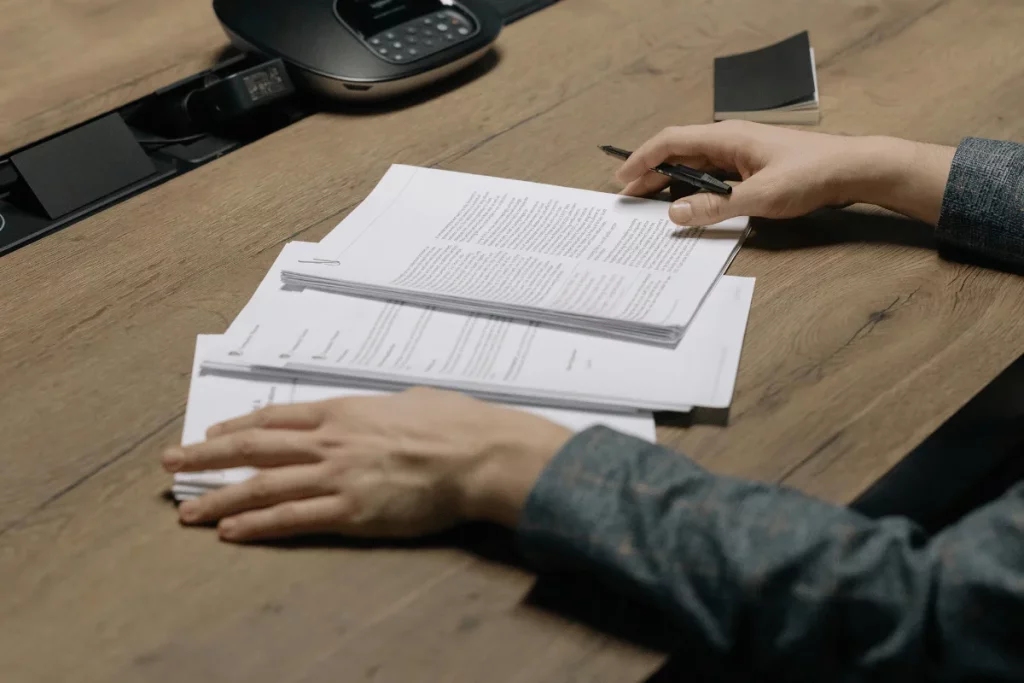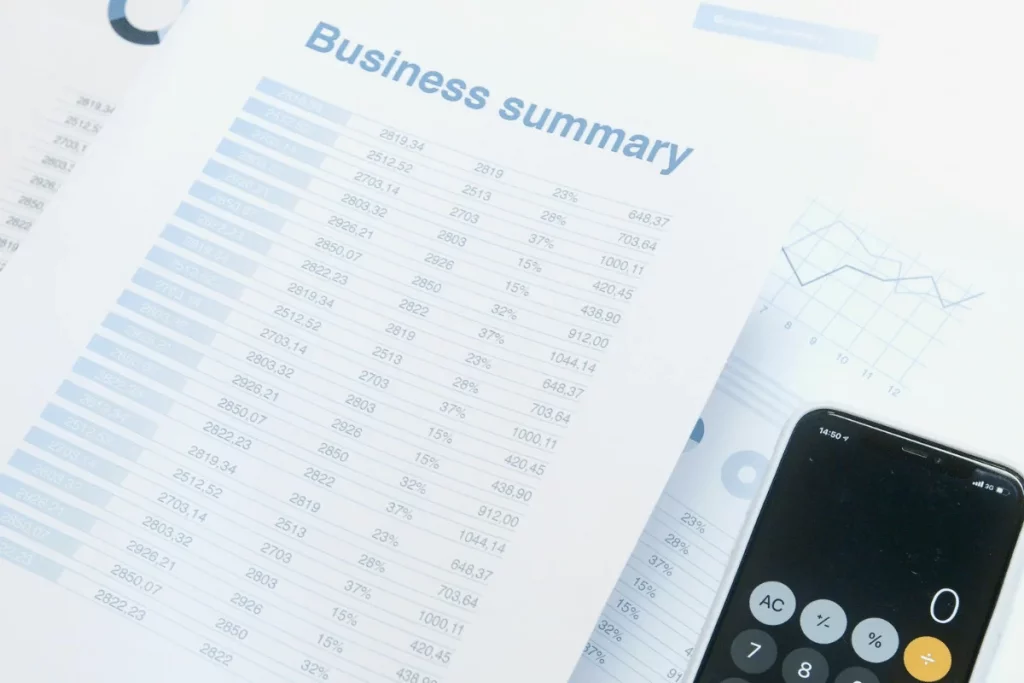If your business is looking forward to a merger and acquisition (M&A), having a comprehensive M&A closing checklist is necessary to ensure a smooth flow of processes.
Such a checklist can serve as a roadmap, guiding you through each step of the process, from pre-closing to the final stages.
In this article, we’ve created a comprehensive M&A closing checklist to get you started.
We understand that M&A is a complex process and can take up all your time and energy. At Exitwise, we can help you hire and manage an expert M&A team so that you land a successful M&A deal without compromising on your true valuation.

TL;DR - M&A Closing ChecklistLet's start with a quick overview of the mergers and acquisitions checklist when closing a business sale.
We'll break the items into pre-closing and post-closing formalities and discuss what each action entails.
Given that the checklist is long and detailed, you might have trouble working on it on your own.
The expert team of M&A professionals we help you hire can assist you. They'll ensure every step is completed successfully while safeguarding the deal and your best interests.

A checklist for closing a business sale is important for several reasons:
Now that we’ve outlined the importance of the checklist, let's examine the items you need to consider.

You should begin the closing process long before the actual closing date of the M&A deal. It involves meticulous planning, gathering necessary documents, and ensuring all parties are on the same page.
Collecting the proper documents and necessary information is the first step in the M&A process. You must analyze your financial statements, legal documents, operational data, and other aspects.
This step ensures you have essential decision-making data to expedite the M&A process and prevent unnecessary delays.
Check out these 11 pre-closing steps and what each of them involves.
The first step in any M&A closing checklist is the completion of due diligence. Usually, the buyer executes the due diligence. However, you must thoroughly review your company's financial, legal, and operational aspects to prevent any red flags in your business.
Let’s look at what each of these entails:

The purchase agreement seals the M&A transaction with legally binding paperwork. It generally includes price adjustments, representations and warranties, covenants, and indemnification terms.
Based on these factors, you can negotiate the final terms of your agreement to reach a deal that's acceptable to both you and the purchasing party.
M&A transactions may require regulatory approvals, which include antitrust and competition law compliance, ensuring the deal doesn't create an unfair competitive advantage.
You may also need industry-specific approvals, such as from the Federal Communications Commission for telecom mergers or the Federal Reserve for bank mergers.
Third-party consent is unavoidable in M&A transactions to ensure proper collaboration with all parties involved. These consents can include lenders, landlords, and material contracts.
For example, a company may need its landlord's consent to transfer the lease to the buying party.

The financial aspects of an M&A deal can involve debt financing (where the acquiring company borrows money to finance the acquisition) or equity financing (where your company issues new shares).
The financing may be a one-off payment or stage-wise partial compensation, depending on the type of merger both parties agree to.
Tax intricacies play an important role in the outcome of the deal. However, if you involve experts in planning and structuring the tax aspects, you can minimize the tax burden and maximize the benefits of the sale.
Usually, the term sheets are drafted by the buyers, making most of the terms disadvantageous to you. That’s why you should consult with expert tax advisors right from the beginning to restructure the terms before signing the deal. At Exitwise, we help you hire the best tax advisors, investment bankers, and M&A attorneys to maximize the value of your business.
These advisors can also guide you regarding pre-closing restructuring transactions to ensure a smooth deal.
Employee and management agreements are crucial in determining your company’s structure after the M&A.
The agreement usually includes:

In many M&A transactions, intellectual property (IP) is a crucial or sometimes even a primary asset (examples include patents, trademarks, logos, designs, copyrights, etc.).
The deal may involve transferring these rights to the buyer or drafting appropriate licensing agreements where the buyer is licensed to use the IP.
Real estate matters can include property transfers or lease assignments.
Reviewing all real estate documents to ensure a smooth property rights transition and avoid any future legal disputes is important.
Environmental compliance is becoming a mainstream necessity for many companies. Therefore, you should ensure that your company complies with all environmental laws and has all the necessary permits and licenses.
If you’re unsure, contact the relevant authorities to ensure you don’t miss out on important processes.
These compliance checks will help potential buyers assess their liabilities and result in a smoother transaction for you.
Finally, the M&A closing checklist usually includes reviewing your current insurance coverage for general liability, property, cybersecurity, etc.
Buying companies appreciate transparency in these matters, as they know their risks and liabilities and can formulate new policies or adjustments accordingly.

The closing process in an M&A deal usually involves working with the buyer to achieve the best value from the transaction.
Here are nine essential steps involved in the closing process:
The closing begins with the execution of transaction documents. These generally include:
Once you and the buyer sign and date these documents, they are considered ‘executed.’
The M&A process usually involves an escrow account- which holds all the paperwork and funds till the terms of the escrow agreement are met. Once the conditions are met, the escrow is released.
Additionally, you would need third-party consent for this step. You may require consent from lenders, landlords, or other parties with a stake in the transferred assets to transfer documents.
You may want to add certain post-closing regulatory notifications, such as the transfer of additional assets, future obligations of both parties and more. These clauses are common and can be easily integrated into your agreement with the help of an M&A expert on your side.
Additionally, you should submit the compliance filings required by law. These can include filings with the Securities and Exchange Commission, the Federal Trade Commission, and various other regulatory bodies to ensure compliance.

Another critical step in the closing process is internal and external communication, where you inform your employees, customers, suppliers, and the public about the merger and acquisition.
You can communicate about the M&A through employee notifications, press releases, and company website updates so all stakeholders stay informed about the change.
Operational transitions are an integral part of the closing process.
These usually include:
And more.
You can make post-closing adjustments to the business if both parties think they’re necessary.
These can include:

This step involves implementing the strategic plan for integrating the two companies.
It can involve:
Post-closing obligations can include:
The final step in closing usually involves obtaining conclusive legal opinions from M&A lawyers and completing compliance certifications.
These ensure that you meet all legal requirements and that the company follows the applicable laws and regulations.

Even with a handy checklist, you might make some mistakes that could jeopardize the deal. The trouble is that this can happen even when you have successfully sold businesses in the past.
To avoid that, here are some common M&A closing mistakes to look out for:

The closing of an M&A deal is not the end of the process. After closing, you must take some essential steps to ensure a successful transition.
Consider looking at a few of our M&A success stories to learn from other successful exits.
Here are three crucial considerations in the post-closing phase:
Once the deal is signed, these are some immediate actions that you need to take:
The most crucial obligation in M&A is integrating the two companies' operations, culture, and systems. It involves merging business processes, aligning corporate cultures, training employees, and integrating IT/physical systems.
Both parties must ensure careful planning and execution to minimize disruption and maximize synergies.
Ensuring a smooth transition is highly critical for the success of an M&A deal. You can do this by regularly updating all stakeholders about the progress and changes to business operations to help alleviate concerns and build trust.
Since employees make or break a company, supporting employees during the transition is crucial. Some support steps include:
A well-executed employee support program can help maintain morale and productivity during and after the transition.
Apart from the above considerations, another important step is working to retain customers and maintain customer service levels during the transition. This involves communicating with customers about the merger/acquisition, ensuring service levels are maintained post-merger, and promptly addressing customer concerns.

Here are answers to questions business owners usually ask us regarding M&A closing checklists:
Each side of the M&A process prepares its closing checklist. Your M&A professionals can prepare the sell-side checklist for you.
It's best practice for both the seller and buyer to share and collaborate on their checklists to increase their effectiveness as the deal evolves.
Your closing checklist should indicate all the documents that will be shared, signed, or delivered at closing. Depending on the nature of the deal, these can include:
And more.
Additionally, the checklist should include all the documents delivered before closing. These may include tax returns, M&A NDAs, financial statements, third-party consents, key vendor and customer contracts, insurance policies, employee agreements, etc.
It's best to have the sell-side M&A experts share their M&A closing list template with you from their M&A templates library. Their template is more detailed and customizable to your deal.
You may find some templates online. However, these may not be as detailed, especially if they haven't been prepared by an M&A expert.
Yes. An M&A deal can fall apart in the closing stage. Some common reasons for such failure include:
To control these, hire the right experts, conduct thorough due diligence, and communicate and negotiate effectively. You should also be proactive, flexible, and adaptable to new developments.
Mergers and acquisitions are complex processes and need careful planning and execution.
Remember, every M&A deal is unique, and you must adapt this checklist to fit your deal's specific needs and circumstances. Consult with legal and financial advisors to handle all agreement aspects adequately.
If you are looking for the right experts to facilitate your M&A deal, Exitwise will help you find and build your dream M&A team. All you have to do is connect with us, and we’ll take care of the rest.
Let Exitwise introduce, hire and manage the best, industry specialized, investment bankers, M&A attorneys, tax accountants and other M&A advisors to help you maximize the sale of your business.

